What’s Involved in a Safe Quality Food (SQF) Certification?
Consumers’ increasing scrutiny of the food industry continues to crank up the hot seat for processors and manufacturers. Consumers not only want to ensure the food they’re putting into their bodies is safe, they want proof. This has led to a slew of third-party food safety certifications. The globally recognized Safe Quality Food (SQF) certification is one specific program gaining traction among food companies thanks to its comprehensiveness and consistency. Approved by the Global Food Safety Initiative (GFSI), the SQF program follows a “one world; one standard” vision, reducing the need for multiple food safety audits. So, what’s involved in a SQF certification? Let’s take a look at the basics of obtaining an SQF certification, from the fees to the steps involved.
Continue Reading “What’s Involved in a Safe Quality Food (SQF) Certification?”




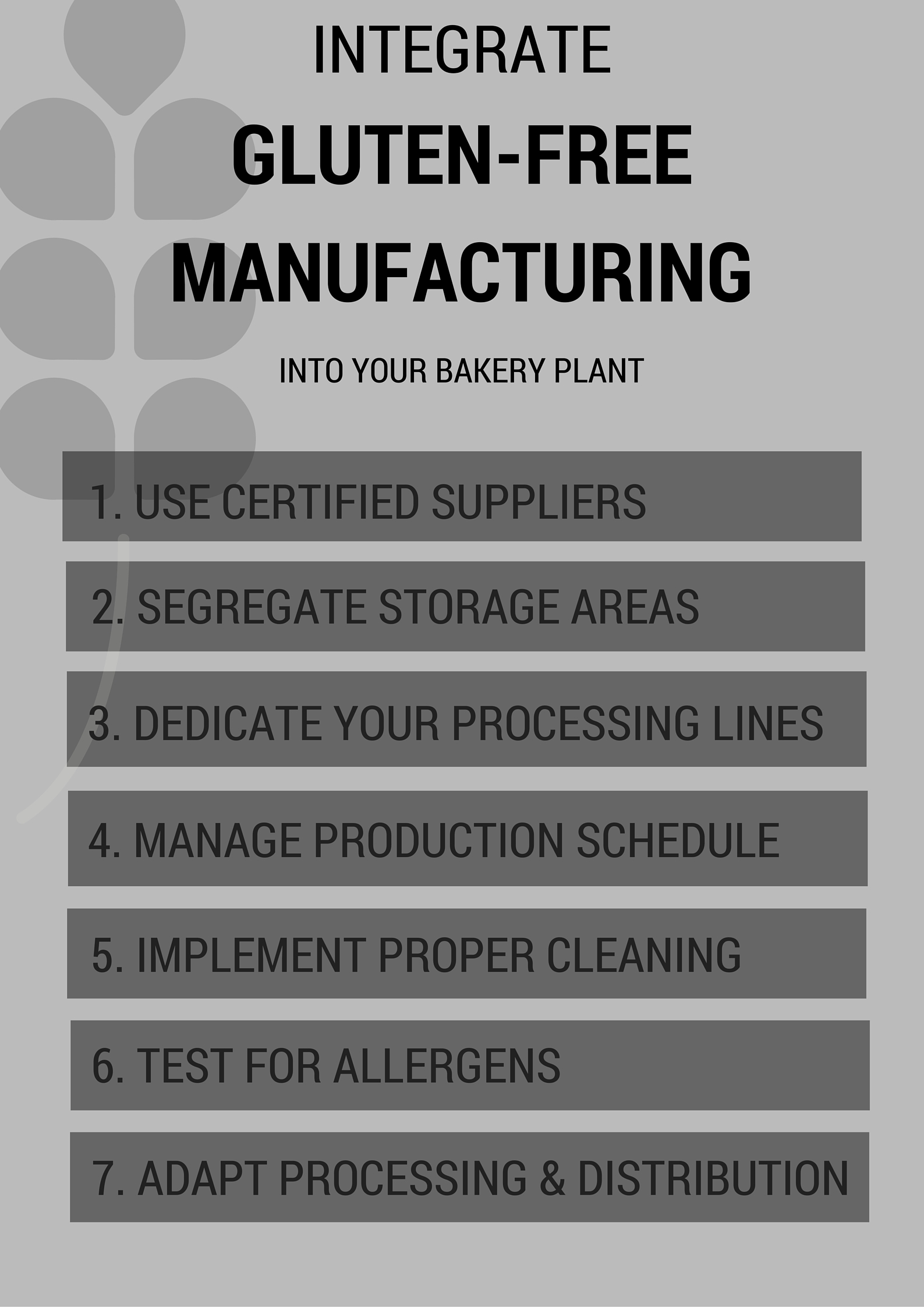
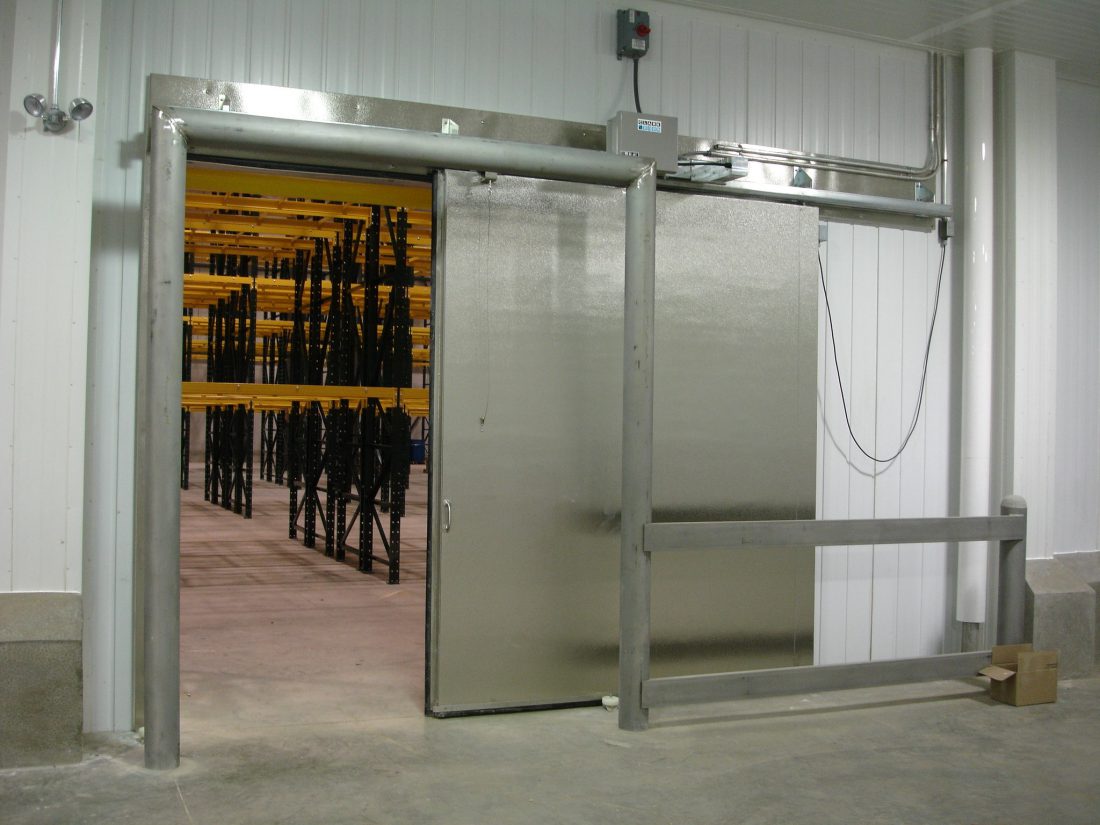

![[Infographic] 5 Important Factors for Selecting a Site for Your New Food Plant](https://stellarfoodforthought.net/wp-content/uploads/2016/03/5-FACTORS-FOR-FOOD-PLANT-SITE-SELECTION.png)
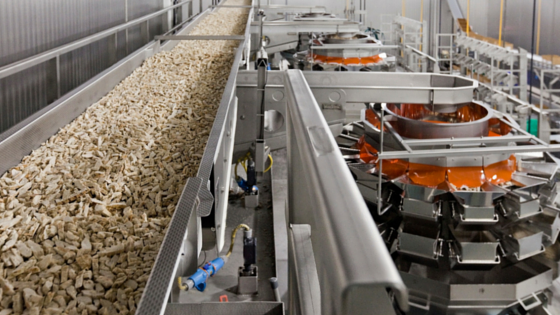

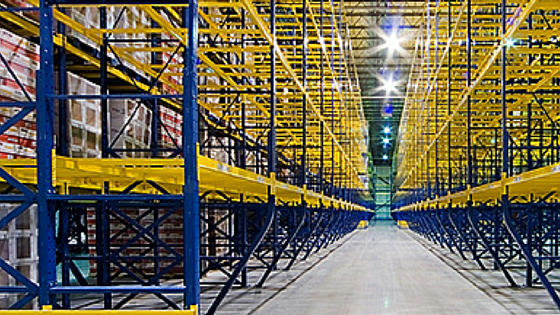
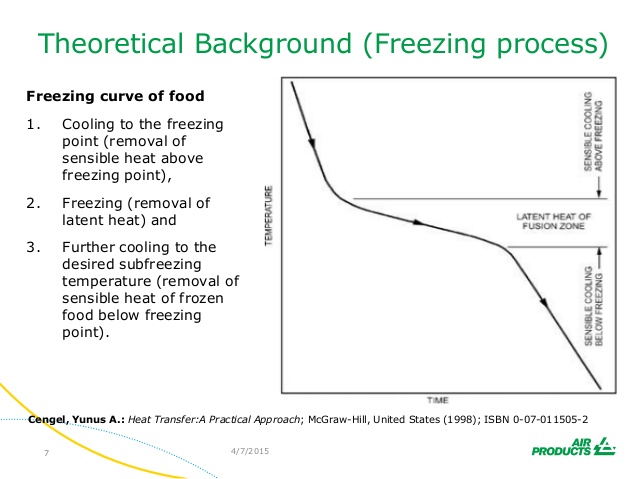
![[Infographic] 6 Benefits of a CO2/NH3 Cascade System](https://stellarfoodforthought.net/wp-content/uploads/2016/02/6-Benefits-2.png)